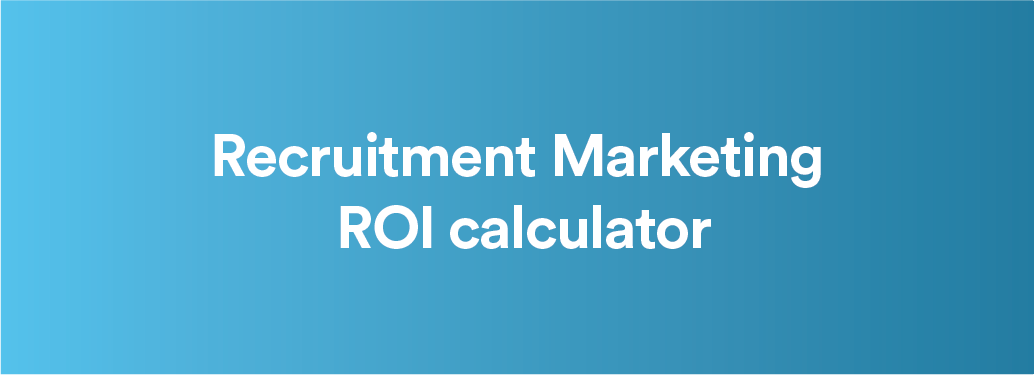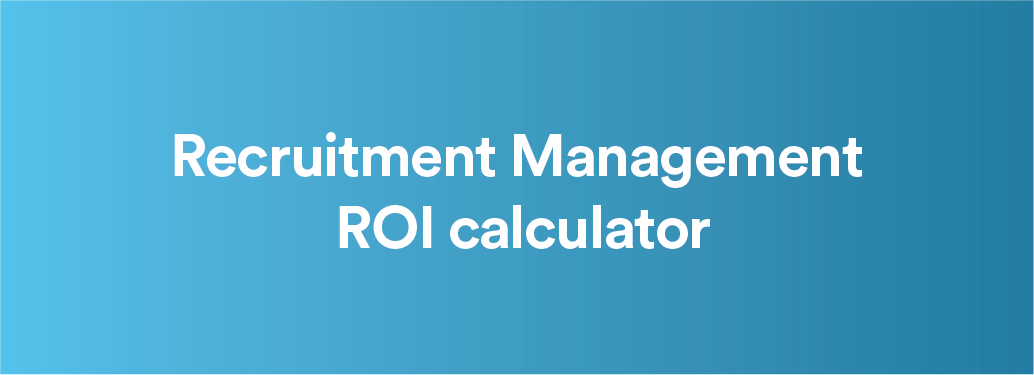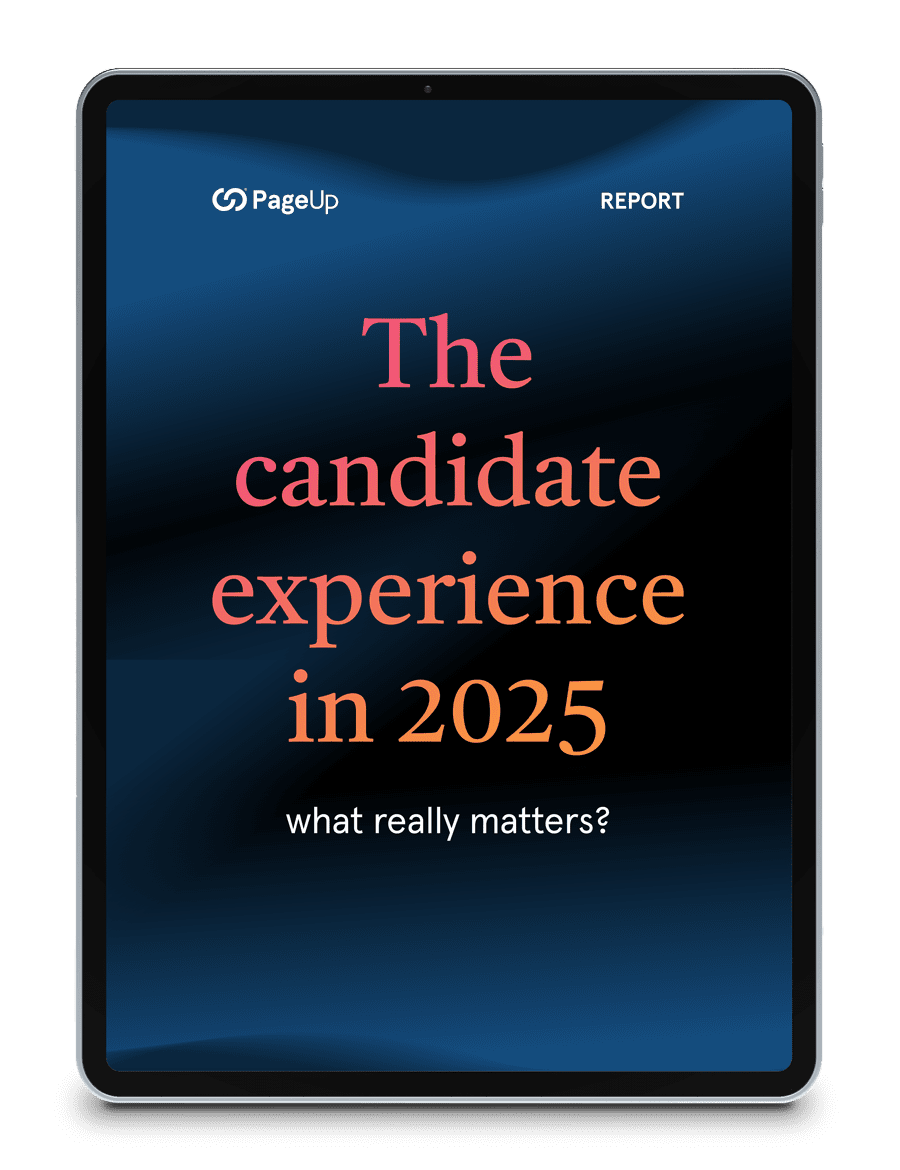PageUp works with organisationsorganizations of all sizes to optimiseoptimize their talent management approaches.

The one biggest challenge they all face? Communicating ROI in a way the C-suite understands.
Over a decade working with our customers, I’ve built so many ROI calculators for HR leaders to measure the value of recruitment, onboarding, learning, performance and succession.
We’ve finally put them all together in this guide, together with 4 key tips to communicate the value of talent management to stakeholders including your:
- CEO
- CFO
- CIO
If you’re looking to prove your worth and build the business case for talent management, you’ll love this new guide to owning your ROI.
It covers:
Why ROI
Measuring the ROI of your talent management work lets you see what’s working well – and identify areas for improvement. Without this knowledge, more savvy competitors will take the best talent, and you won’t be able to hire the best to gain an advantage.
ROI lets you build the business case for talent management. By showing how HR can impact an organisationorganization’s bottom line and contribute to business goals, you position talent management as an investment – rather than a cost.
4 tips to measure ROI
1. Link ROI to business outcomes
How will the talent management initiatives you’re going to showcase contribute to business outcomes? Whether it’s developing employees or retaining top talent, linking HR outcomes to the overall business objectives will help prove the value of your efforts. Here are some ideas to get you started:
Recruiting
- Reduced time to hire gets the right people in the role faster, minimising downtime and lost productivity
- Reduced administrative time and effort frees HR teams up to do strategic, value-added work
- Reduced agency spend saves an organisationorganization thousands – or millions – in their recruitment spend
Onboarding
- Reduced turnover as a result of consistent onboarding saves an organisationorganization the cost of recruiting a new employee – which can be as much as 2.5x their salary
- Reduced new-hire administration saves labour and administration costs and gets people up to speed faster
Learning
- Reduction in cost of training processes saves money and time with no need for trainers or physical training materials
Performance management
- Reduced turnover as a result of effective performance feedback keeps high-performers in the business and saves recruitment costs
- Increasing workforce productivity by a conservative 1% can help reduce total headcount.
- Time saved by using templated performance reviews or processes can reduce the administration time by five hours per manager per year.
2. Know your stakeholders
To make a business case for HR improvements and/or technology, you need to present solid returns to senior leadership. The decision to invest in talent management improvements is made when c-suite see recruitment, onboarding, learning and performance as an investment rather than a cost. But figuring out how to measure ROI is only half the challenge. Articulating this ROI in a way that individual stakeholders will engage with is equally complex.
There are three people that you should consider when communicating ROI. Your CFO, Chief Information Officer (CIO) and CEO. Each have different interests, objectives and pain points they need to solve. The table below gives you an idea of how each approaches talent management, their pain points, goals and motivators.
Take a look at the chart and consider:
- What your CIO wants
- What your CFO wants
- What your CEO wants
- What your HR team wants
- What employees want
CIO
Pain points
- Wants to streamline processes with fewer systems
- 66% of CIOs believe there’s a talent crisis
- They rank talent the No. 1 barrier to achieving their objectives.
Goals and motivators
“I want to do more with less by embracing analytics and improving our processes so that we can scale in the market.”
CFO
Pain points
- 40% of CFOs view internal talent risks such as skills shortages as the factor that’s the top constraint to achieving their company’s goals
- Too many platforms used across organisationorganization
- Unclear of benefits of spending on tech
Goals and motivators
“I want to get better ROI from talent management software and extract more value from existing vendors.”
CEO
Pain points
- 71% of Australian CEOs feel that a lack of key skills is a threat to their growth
- 62% say their people costs are rising more than expected because of this skills deficit
- 64% of employees wait to be told by leaders what to do during change
Goals and motivators
“I want to improve employee retention and productivity, attract the right people and return better results for shareholders.”
3. Establish a baseline
Without a baseline to start with, you won’t be able to measure how much you’ve improved. The first step is choosing metrics that matter, then measuring these over time. Be intentional in measuring these baselines: what aspect of talent management do you want to track and improve in your organisationorganization? Understand how you’re going to measure and report them consistently and on what cadence.
Ask yourself:
- What is the metric you’re tracking?
- How will you measure it?
- At what cadence will you review it?
- What actions will you take to improve?
4. Always provide context
Providing context with industry benchmarks when communicating ROI lets stakeholders know how you’re doing in relation to the market and your competitors. If you’re behind, it can seem disheartening to look at industry benchmarks and see how far you have to go. Remember: The most important person to measure yourself against is you – your starting point is the most important benchmark. Keeping in mind everyone has different circumstances, industry benchmarks provide valuable, relevant and timely context that empower HR teams to make more informed decisions.
A common mistake people make is to fixate on trying to hit an industry benchmark. Benchmarks should act as a way to determine your HR strategy, not dictate targets you have to meet. They show you how you’re tracking relative to others in your industry so you can see where you’re doing well and identify areas for improvement.
How do you choose the right benchmark for you? When choosing a benchmark for comparison, look for one which aligns with your HR focus areas. Do you want to lose less candidates during the recruitment process? Look into your time to hire and see if it compares to industry benchmarks. If new hires are leaving, examine how your first year retention compares to the industry average: this could tell you whether you need to revamp your onboarding process to engage new starters, or revisit your selection process.
Below are some examples of how you’d present benchmarks once you have the relevant numbers for your industry or region.
Recruiting
“Our time to hire is ____, the industry average is 68 days, we are doing well / there is room for improvement.”
Onboarding
“Our first year retention for new employees is ____, the industry average is 75%, we are doing well / there is room for improvement.”
Learning
“Our payroll spend on L&D is ____, the industry average is 3-5% with 11% of that allocation spent on technology and tools, we are doing well / there is room for improvement.”
Performance
“Our employee engagement is ____, the average for Oceania is 70%, we are doing well / there is room for improvement.”
ROI calculators
Fresh insights for HR
Stay up to date with HR trends, tips and more when you sign up for our industry newsletter










